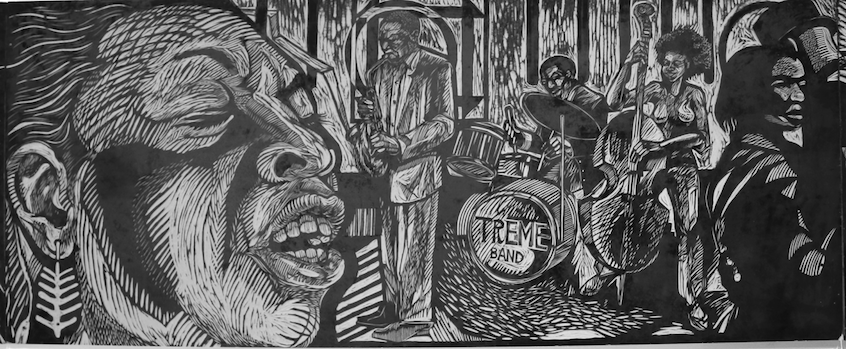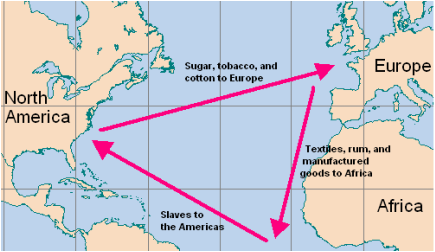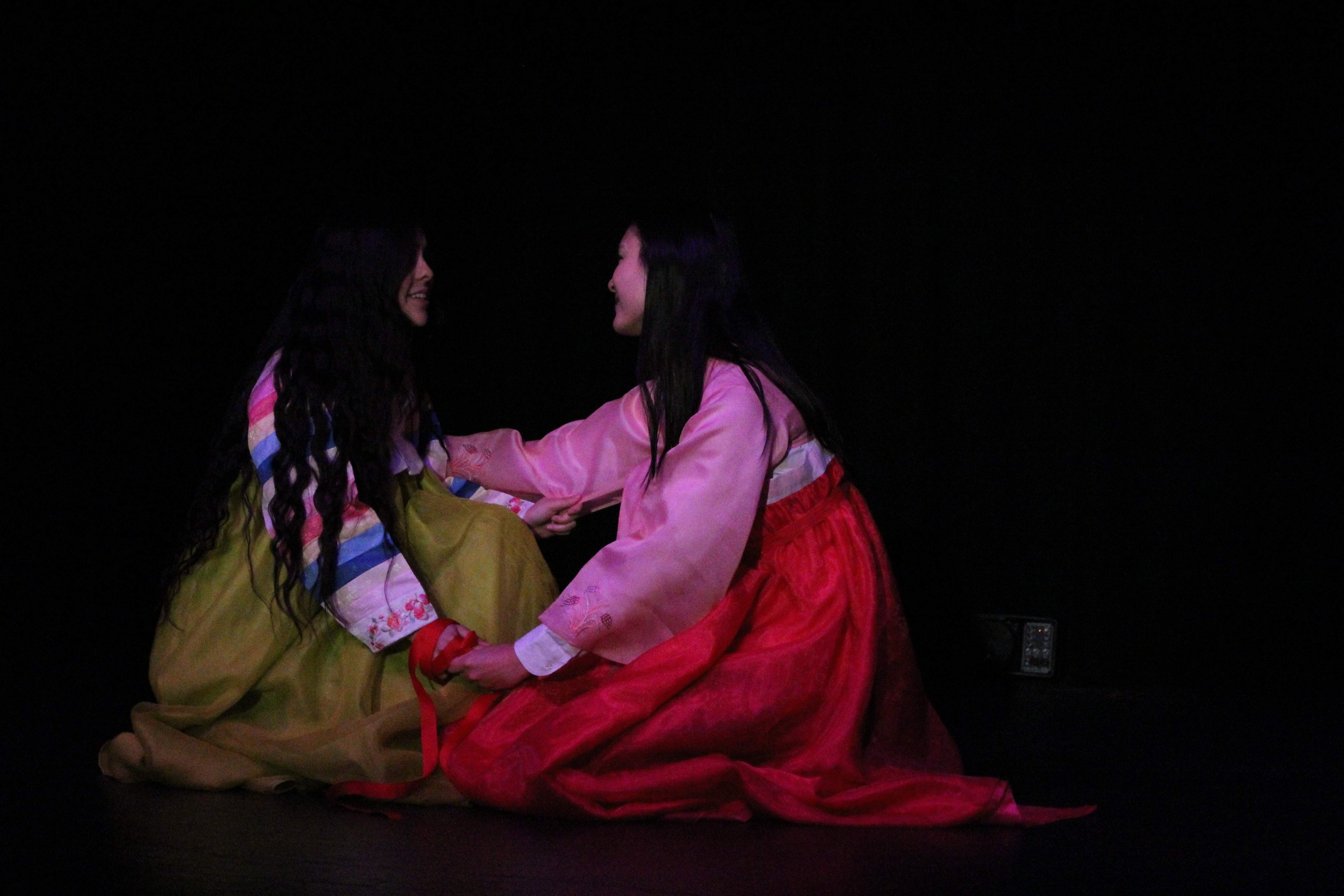As the end of the semester approaches and I write my final blog post, I am beginning to reflect on the beginning of the semester and how I felt about the idea of blogging for this class as opposed to writing the traditional essays that I’m used to. Continue reading “A Blog Post About Blog Posts”
What Makes You an Artist? (continuation)
In my previous blog post, I posed the question what classifies someone an artist. Do you have to be an artist to create art? When searching the definition of artist I found three definitions: “a person who produces paintings or drawings as a profession or hobby”, “a person who practices any of the various creative arts, such as a sculptor, novelist, poet, or filmmaker”, and “a person skilled at a particular task or occupation”. Two out of three of these definitions do not specify that an artist has to create art as a career. This was a surprise to me because I assumed the first definition, defining an artist as someone who creates as a profession, would be the only definition. The reason I assumed this is because whenever I usually hear someone mention in artist, they refer to exhibits they have done/are doing and famous paintings/drawings. The latter definitions give artist classification a wider spectrum because it describes an artist as someone who “practices” or is “skilled”. This means I can be considered an artist even if I am not working for a professional business, selling art, or in art shows, all which classify as a occupation. Continue reading “What Makes You an Artist? (continuation)”
The Doves
“In Genesis 8:8—12, after the ark has landed on the mountains of Ararat, Noah sends out a dove three times to see how far the flood waters have receded. The first time it found nothing and returned to the ark. The second time it brought back an olive leaf, so Noah could see that God’s punishment was over and life had begun again on the earth. (The image of a dove holding an olive branch continues to be a symbol of peace to this day.)The third time, the dove did not return, and Noah knew that it was safe to leave the ark. A similar flood story is told in parallel passages in the ancient Babylonian Epic of Gilgamesh. There, too, the hero sends out a dove, which returns to the ship unable to find a perch. In fact, from Ancient Near Eastern records to nautical practices as recent as the 19th century, sailors the world over used doves and other birds to help them find and navigate toward land. So, while Noah made use of an ancient sailor’s trick, the dove came to represent a sign from God.” -Biblical Archeology Society
In class a few weeks ago, Dr. McCoy split us into three groups. Within our groups, we discussed Prince’s artworks, each group focused on a few pieces and gave a mini-presentation on what we talked about. My group focused almost completely on two pieces, “Second Line Rebirth” and “Requiem for Brother John”. These two pieces interact with each other, “Requiem for Brother John” comes first and “Second Line Rebirth” comes next.
America the Monument
The Americans are a brave, industrious, and acute people; but they have hitherto given no indications of genius, and made no approaches to the heroic, either in their morality or character….Where are their Foxes, their Burkes, their Sheridans, their Windhams, their Horners, their Wilberforces?—where their Arkwrights, their Watts, their Davys?—their Robertsons, Blairs, Smiths, Stewarts, Paleys and Malthuses?—their Porsons, Parts, Burneys, or Blomfields?—their Scotts, Campbells, Byrons, Moores, or Crabbes?—their Siddonses, Kembles, Keans, or ONeils—their Wilkies, Laurences, Chantrys?—or their parallels to the hundred other names that have spread themselves over the world from our little island in the course of’ the last thirty years, and blest or delighted mankind by their works, inventions, or examples?
—Sydney Smith, “Who Reads an American Book?” 1820
I knew I wanted to write something about monuments, and so I went back to the syllabus to try and find a way to connect my thoughts to the texts of the course. This quote, monumental in itself, immediately stood out to me. To me, this quote is trying to “define” American culture, to assign America a monolith identity or character. What makes this quote especially humorous to me is that Smith can only seem to understand American culture through his own critical lens. Smith’s quote suggests that the only indication of genius is a resemblance to the Great Figures who have come before. This perception seems counterintuitive to the way I think about genius, as a spark of something entirely new, but I can’t say it’s not a perspective I’ve encountered in academia.
The Hardest Part is to Start
As I meditated on what I’ve gained in this course thus far and what I could possibly write about in my blog posts, many thoughts emerged. I could begin by delving in what I consider the most significant change I’ve noticed which is the way I now interact with art, information, knowledge, technology and sustainability not only as an academic but as a human, artist and member of society. Before this course, all these things seemed more conceptual to me and although I understood its pressing inhibatance in modernity and in my own life, I had never really taken the time to speculate what this rigorous immersing of engagement between all these elements really meant for me or for the world. As a self proclaimed artist and art enthusiast, I appreciated all the open discussions in the overlapping similarity of artists, such as Francisco Goya’s The Third of May 1808 and Steve Prince’s own art and their interaction to social issues and sustainability. This class offered by the tools and environment I needed to step back in order to truly speculate on the subject and reflect on how I’d like to use what I’ve learned in this course and apply it outside of my own major and into all different areas of my life. Through the courses constructed commentary, short witty anecdotes, and insights, I was able to see how all these areas of disciplines overlap and interact. As I take a step back now and begin reflecting on what I’d like to write about not only in my blog posts but in my self reflective essay, I have come to recognize that I have more to talk about than what I had originally been led to believe, the hardest part is just starting. Continue reading “The Hardest Part is to Start”
The Fern
Though Dr. Yang has moved on to discussing ecology in General Biology II, my favorite unit would have to be the one we began with, wherein I learned about plant species diversity. I (re-)learned that all plants can be classified into four groups: Non-vascular plants, seedless vascular plants, gymnosperms, and angiosperms. One such member of the seedless vascular plants is the fern, an extremely durable, yet dainty plant that is heavily featured within Steve Prince’s “Song for Aya,” as Prince himself pointed out during his “Kitchen Talk” lecture held at SUNY Geneseo.
The fern is most present in the second piece of “Communal Resurrection: Song for Aya” in the earring of the woman who takes the foreground of that section of the piece. Prince, in his talk, explained that the fern motif is one that is carried throughout the entire piece, and demonstrated such by walking over to his projected image and tracing out the leaf patterns with his hands. Once Prince had pointed out the fern’s ubiquitous presence, I could not unsee it. It was clearly present in the singing woman’s earring, but I began to notice it in other places, as well.

Subjective Thinking
Subjective: based on or influenced by personal feelings, tastes, or opinions.
Throughout this course, I feel like I have gained more knowledge about racial and wealth-based issues by using literature and art. I have also through this class practiced not being subjective when thinking and talking about these issues.
A Post-High School Review of Triangular Trade

During her lecture, Dr. Adams showed us an image very similar to the one pictured above. It depicts what is commonly known as the Transatlantic Slave Trade. In class we discussed this image and I noticed several issues with the image that I, frankly, never really thought about for the majority of my academic career. For example, this image in particular shows a simple linear, one-sided system of trade with only three points of exchange (and it would have to struggle to be further from the reality). This blog post is by no means an expose on the public education system, but I will say that it did, for me, allow for a great degree of formal distance from the subjects my teachers were required to teach me about. That is, a few blog posts ago I wrote about apathy being too prevalent in society; well, I was definitely ignorantly apathetic. Additionally, none of my primary or secondary education teachers ever taught me so much about the American slave trade in thirteen years as Dr. Adams did in approximately one hour (nor did they make me care as much).
Continue reading “A Post-High School Review of Triangular Trade”
GENE『S』EO: The Myriad of Navigating Geneseo’s Binaries [6]
I watch a dim blue light hit the Union Ballroom stage. As the blue light shapes the darkness, Suji Lee runs on to the stage, wearing a green hanbok (조선옷); her face red. The girl runs over to the shaman, shrouded in a black cloak.
The shaman looked away as Suji ran over to her. Suji approaches her partially out of breath.
Suji says, “Please Wul Hwa you can’t do this to me! None of you can do this to me! That was my true fate and becoming you isn’t! Please, I just want to be happy!”
Wul Hwa smiles in response and turns to her. She says sarcastically, “Suji, what a nice surprise.” Just as she finishes that statement she turns away, beginning to exit the stage. Wul Hwa had nothing more to say to the doomed girl.
Suji cries out, “No please, don’t go!” Wul Hwa turns around one last time and looks at Suji. Then exits the stage into the backstage corridor. As the shaman exits, Suji falls to her knees and cries.
Another girl, Hebin, walks on to the stage, a red ribbon in her hand. The red thread of fate…
Hebin approaches; she was wearing a pink hanbok. Hebin reaches Suji Lee and starts tying the ribbon around her arm. Suji stops crying and goes to grab the red ribbon, but Hebin does not let go. Suji looks over Hebin and then lifts up her head.
“Hebin! It’s you! It’s always been you!” Suji exclaims. Hebin and Suji meet eye-to-eye before embracing each other in a loving hug.
The lights dim into darkness and the crowd erupts into cheers and screaming. Me and the others in the back smile and hold back laughter as the crowd roared in enjoyment.

Continue reading “GENE『S』EO: The Myriad of Navigating Geneseo’s Binaries [6]”
Philosophy Pt. 2
Aforementioned, many minority groups face a cyclical nature of destitution. With this reappearing lack of progress, how is it measured? How do we know when we have achieved what we call “success”?An issue explored within class was how we identified the effects of progress. David Levy, our guest speaker on Philosophy, explained the Zeno Theory in reference to that identification. Continue reading “Philosophy Pt. 2”
